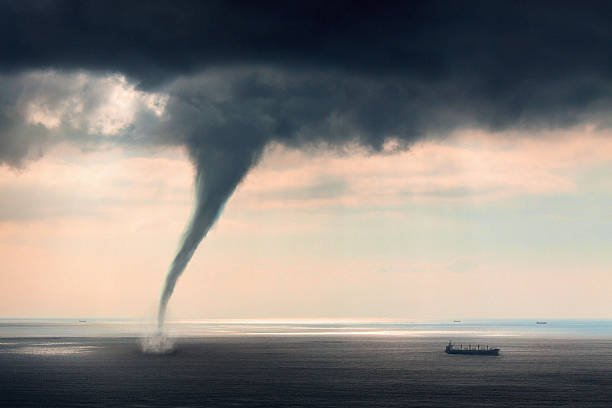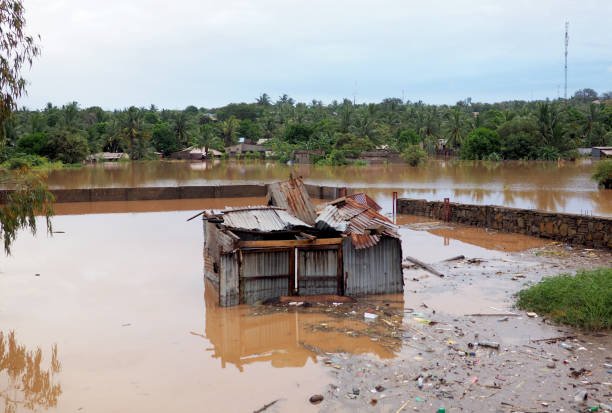The Stage of Development of the Tropical Cyclone: A Journey Through Nature’s Most Powerful Storms:
Tropical cyclones are among the most powerful and destructive natural phenomena on Earth. Understanding the stages of their development is not only crucial for scientific research, but it’s also integral to predict and prepare for these events, mitigating their impacts on human societies and economies.
The Stage of Development of the Tropical Cyclone
The stages of a tropical cyclone’s development include formation, intensification, maturity, and decay, each characterized by different meteorological conditions and behaviors.
Formation: Tropical Disturbance
The journey of a tropical cyclone begins as a tropical disturbance, typically formed over warm ocean waters near the equator. The disturbance is characterized by a large mass of thunderstorms with minimal rotation. For a cyclone to form, the sea surface temperature generally needs to be above 26.5°C (80°F), providing the necessary energy and moisture to fuel storm development. Furthermore, conditions in the upper atmosphere must be favorable, with low wind shear to allow the storm to maintain its structure.
Intensification: Tropical Depression and Tropical Storm
If conditions are favorable, the tropical disturbance can intensify into a tropical depression. This stage is marked by increased organization of thunderstorms and the formation of a closed circulation of winds, with sustained wind speeds less than 38 mph (62 km/h). Weather authorities start to track the system carefully at this stage, as it could potentially develop into a more dangerous tropical storm.
As the system continues to strengthen and wind speeds increase to between 39 mph (63 km/h) and 73 mph (118 km/h), it becomes a tropical storm. This stage is typically when the system receives a name from meteorological organizations. The storm’s structure continues to become more organized, often developing a characteristic circular shape, and the cyclonic rotation becomes more apparent.
Maturity: Hurricane or Typhoon
When a tropical storm’s sustained wind speeds exceed 74 mph (119 km/h), it graduates to the status of a hurricane, typhoon, or cyclone, depending on the geographical location. The storm reaches its mature phase, characterized by a well-defined eye (an area of relative calm at the center of the storm), an eyewall (a ring of thunderstorms encircling the eye), and spiral rainbands. The central pressure continues to drop, and wind speeds can increase dramatically, creating a potential for significant damage.
The maturity phase can last for several days as the storm moves across the ocean, potentially reaching a peak intensity as a Category 5 hurricane (or equivalent), with wind speeds exceeding 157 mph (252 km/h).
Decay: Extratropical Transition and Dissipation
Eventually, the tropical cyclone begins to decay, often due to the impact of land interaction, cooler water, or increased wind shear, disrupting the storm’s structure. As it moves poleward, it may undergo an extratropical transition, where it transforms from a tropical cyclone to an extratropical cyclone, losing its characteristic features like the eye and gaining fronts instead.
Finally, the storm dissipates, usually over land or cooler waters, where it no longer has the heat energy required to fuel it. The remnants of the storm may still bring substantial rainfall and wind, but the organized cyclonic structure will have broken down.
Conclusion
Understanding the stages of tropical cyclone development is vital for both meteorological knowledge and practical forecasting. While these stages can vary somewhat between different cyclones and regions, the general progression from tropical disturbance to dissipation represents a common pathway for these formidable weather phenomena. Despite the destruction they can cause, tropical cyclones are awe-inspiring examples of Earth’s dynamic weather systems and remain an important area of research for scientists.






